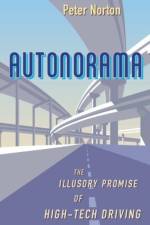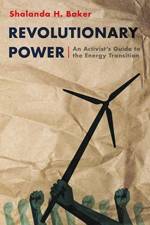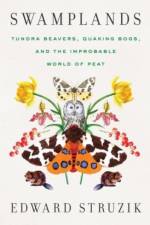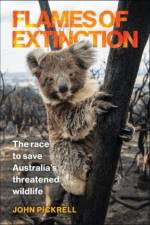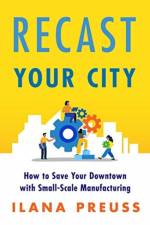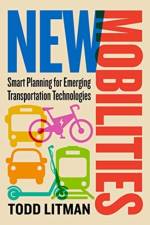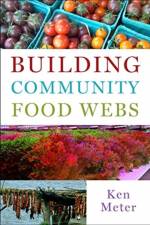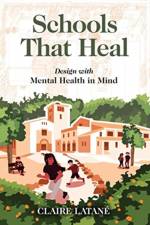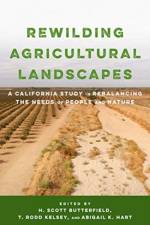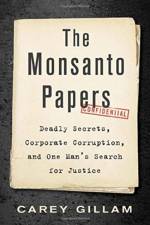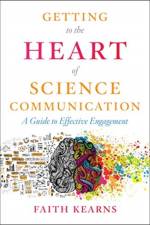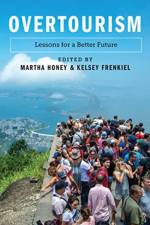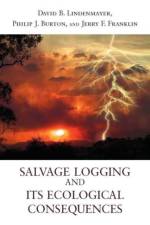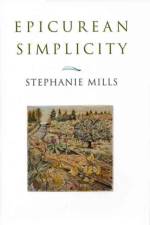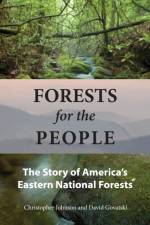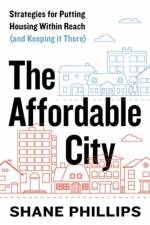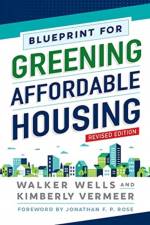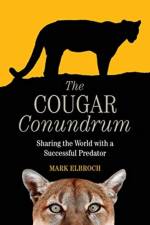av Stephanie Mills
409
"e;In this book, I relate the pleasures, as well as the virtues and difficulties of a perhaps simpler than average North American life."e; So begins ecological thinker and writer Stephanie Mills's Epicurean Simplicity, a thoughtful paean to living, like Thoreau, a deliberate life.Mills's account of the simple life reaches deep into classical sources of pleasure -- good food, good health, good friends, and particularly the endless delights of the natural world. Her musings about the life she desires -- and the life she has created -- ultimately led her to the third century Greek philosopher Epicurus, whose philosophy was premised on the trustworthiness of the senses, a philosophy that Mills wholeheartedly embraces. While later centuries have come to associate Epicurus's name with hedonism, Mills discovered that he extolled simplicity and prudence as the surest means to pleasure, and his thinking offers an important philosophical touchstone for the book. An overarching theme is the destructiveness of consumerism, and how even a simple life affects a wide range of organisms and adds strain to the earth's systems. The author uses her own experience as an entry point to the discussion with a self-effacing humor and lyrical prose that bring big topics to a personal level.Epicurean Simplicity is beautifully crafted, fluid, inspiring, and enlightening, examining topics of critical importance that affect us all. It celebrates the pleasures, beauty, and fulfillmof a simple life, a goal being sought by Americans from all walks of life, from harried single parents to corporate CEOs. For fans of natural history or personal narrative, for those concerned about social justice and the environment, and for those who have come to know and love Stephanie Mills through her speaking and writing, Epicurean Simplicity is a rare treasure.



